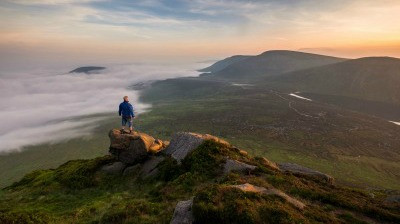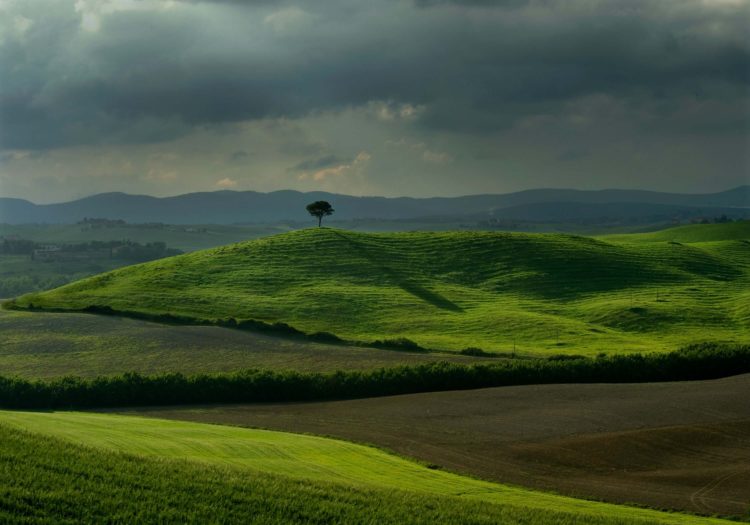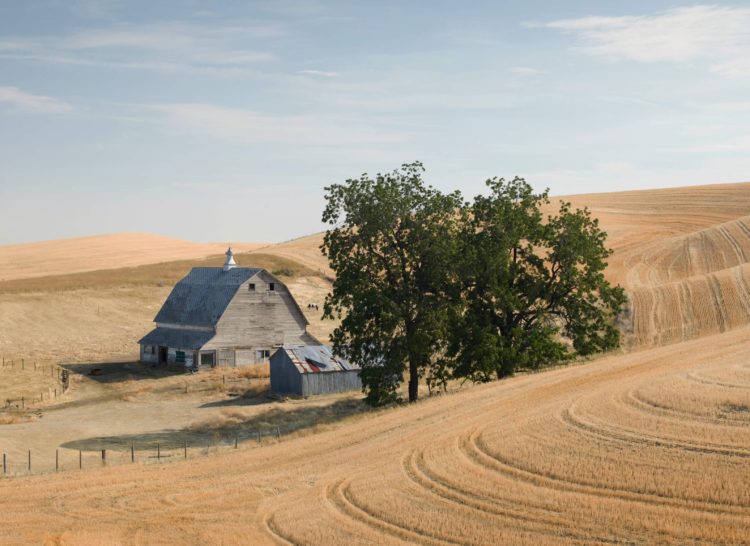
Barn and Horse, Palouse, USA
We absolutely love taking photos of our outdoor adventures, and so to celebrate National Photo Week, we're getting some top photography tips from the very best in the business. This first article comes courtesy of Charlie Waite, one of the world's leading landscape photographers.
Here are some fantastic landscape photography tips from Charlie that will bring out the very best in your snaps...
1. Make a piece of black card about 4 X 5 inches with a rectangular aperture cut out of it. Make the aperture as big as possible yet in proportion/ratio to 36mm x 24mm. This will help a great deal to remove the potential image from its context. Alternatively use your hands and make them into a rectangle to see whether the right ingredients are presented that merit a photograph being made.
2. Close focus to check that there is nothing in the immediate foreground that would not be visible with the lens set at infinity. Unintentional out of focus foregrounds can look sloppy. For flowers and extreme close ups however the background and foreground can be thrown out of focus although think about what colours and shapes will evolve from doing so.
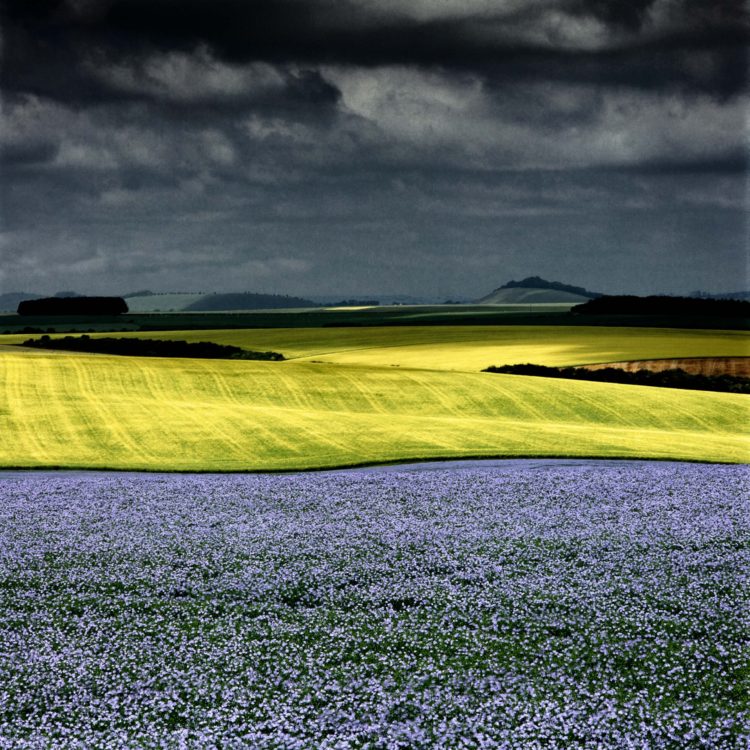
Chicklade, England
3. Take your eye around the outside edge of the viewfinder.... twice to be totally familiar with all that exists on the perimeter. Decide whether what exists on the outside edge supports what takes place within the body of the image. Don’t be too preoccupied with what takes place within the centre of the image. Painters would not neglect the edges of their canvas.
4. When there is something just outside the field of view that you do not want to include, remember that ‘some’ camera viewfinders show you only 97%. Make allowances!
5. When photographing with the sun in front of you, do not assume that the lens hood will prevent direct sunlight falling on to the front element of the lens. Unintentional flare is the photographer’s worst enemy. Use your hand or a piece of card to ensure that the lens is flare free.
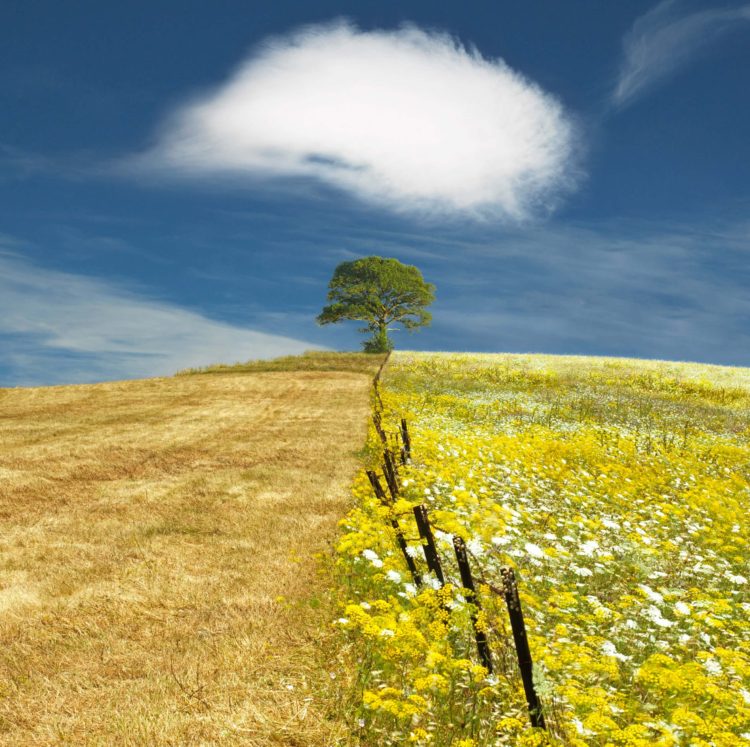
South of Granada, Andalusia, Spain
6. If time allows try not to rush. Settle into your photograph. Haste and pressure are barriers to creativity.
7. If you have a tripod, use it! It has two functions. First and most obviously to allow long time exposures and secondly and as important, it allows you to take your photograph seriously. With the aid of a tripod very fine adjustments of perhaps less than a centimetre can be made. Precision and accuracy is key.
8. All atmosphere is turned off when top light is turned on. Try not to photograph expansive views in the middle of the day. Early light offering long shadows is preferable. Equally, in the late evening light just after the sun has set the “afterglow” can produce a lovely luminous light.
Don’t fall into the trap of over saturation. Good sunsets and sunrises will be good enough.
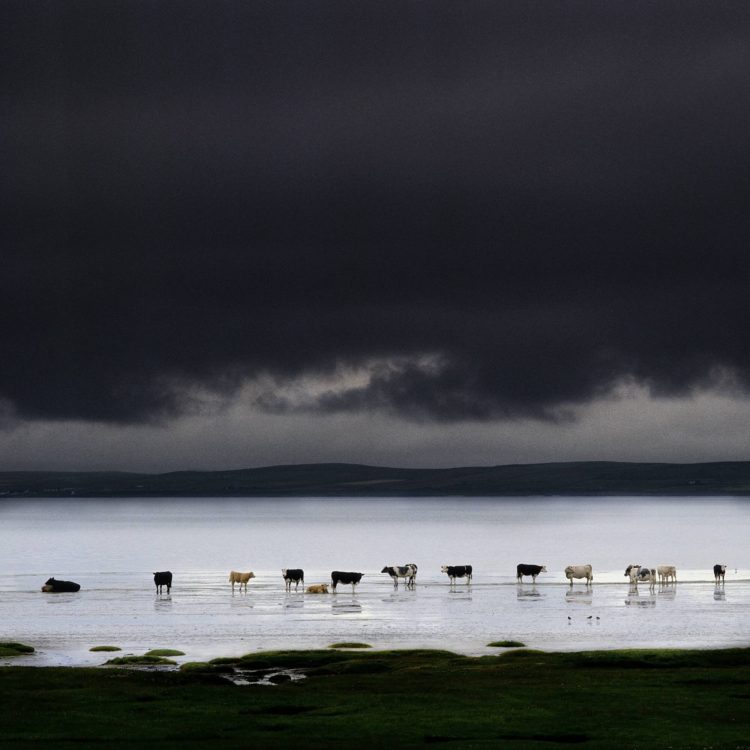
Loch Indaal, Scotland
9. Look at where the shadows are and how deep they are! It is surprising how deep black “nothingness” can dominate a photograph as much as unwanted blown highlights. Find a balance. Squint to evaluate brightness range. It is the best way to see whether it is too great for the capacity of the sensor or film to record.
10. If the sky is lacking in interest i.e. too bland or too blue or grey then try leaving the sky out all together. If the sky is good then let it have its say. Try devoting three quarters of the photograph to the sky if it is remarkable.
A huge thank you to Charlie for providing these excellent landscape photography tips. You can visit Charlie's Light & Land site to see his amazing photography workshops and tours. You can also read part 2 of our guide to landscape photography, this time with the excellent Alistair Hamill.
All photos property of Charlie Waite and used with his permission






